Lexus RX350-L proper way to test new vehicles
Filed under: Equinox, Autos
JOLIET, Illinois
A long trip is the perfect way to scrutinize a new vehicle, and the new 2019 Lexus RX350-L passed its test on a drive from Duluth, Minnesota, to Joliet, Illinois.
It was also an enjoyable way to get the opportunity to drive all sorts of other new vehicles on the private road-racing course called the Autobahn Country Club, and on the neighboring streets and roadways.
My older son, Jack, who assists me with facts and photos of new cars, joined me for the annual trek, and enjoyed everything about the smooth performance and easy cruise-ability of the RX350-L — right up until we got into Illinois and tried to rely on the dash-mounted navigation system to circumnavigate Chicago to reach Joliet, which is located on the southeastern end of Chicago.
The Midwest Auto Media Association (MAMA) conducts annual Spring and Fall Rallies for member journalists and this year’s crop of about 70 new 2019 vehicles was worthy for at least that many journalists to sample.
We don’t race on the track, but drive in single-file order behind a track pace-setter so that we stay in line without passing, keep the gaps close, and get a good feel for a vehicle’s performance and handling in short doses. In some ways, the surrounding roadways in the truck-farm-loaded region can be just about as effective. The point is, manufacturers bring their top new vehicles all to that one place, and we in the media converge on it.
Some of the most impressive new vehicles include the Maserati Levante, a true Italian SUV with an in-house designed pair of engines, put together meticulously in Maranello by cousin Ferrari’s engineers. The 3.8-liter V6 model starts in the $70,000 range with a 424-horsepower twin-turbo 3.0-liter V6, or in the well-over-$100,000 class that includes a 550-horsepower/538 foot-pounds of torque twin-turbo V8 for power.
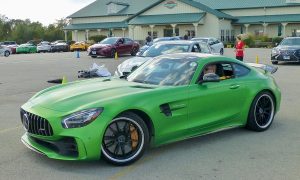
Mercedes will give you an AMG-GT for a little over $100,000, even in lime green. (Jack Gilbert photo)
If that was among the more impressive vehicles, there were a lot of familiar-looking vehicles with significant upgrades on hand. The Mercedes AMG-GT Coupe, for example, in a lime-green color called Green Hell, comes with a 577-horsepower twin-turbo V8 or a meager version of the 4.0-liter V8 with only 469 horses, giving the car a price range from $115,000 to $160,000.
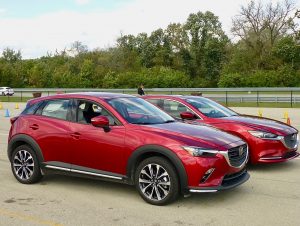
Mazda has spread its unique Soul Red Crystal Metallic throughout its models, including the CX-3 and Mazda6, for a mere $595.
Back in the real world, a couple of my favorites earn accolades from New Car Picks, with the renewed pair from Mazda, the CX3 small SUV and the Mazda3 compact sedan. Both have some mechanical surprises coming, but they also were runaway winners of the best paint job award from us with their Soul Red Metallic color. That paint job came out exclusively on the CX5 when it was redesigned a year ago. Now it’s a stunning upgrade from the other very nice red choices in Mazda’s palette, as it has migrated through all the other models, Mazda6, MX5 Miata, and CX9. It has depth and distinctiveness that is worth a few hundred bucks as an option check-off. Read more
Prominent Minnesota auto writer leaves too soon
Filed under: Features, Autos
By John Gilbert
Those of us who have spent a lot of years writing about new cars lost a star out of our galaxy. just as the September of 2018 was yielding to the changing foliage of October, when Tony Swan died at age 78 after a long and intense battle with cancer,

Tony Swan, looking like he enjoyed the high-tech tools of being an auto journalist, was spotted in the San Antonio airport in April of 2017.
Weakened to a point of unwilling fragility after trying every potential method of fighting the insidious disease, Tony spent most of his final week in a gentle hospice facility near his home in Ypsilanti, Michigan. After final farewells to his devoted wife and partner, Mary, and insisting his gathered kids from an earlier marriage talk about seeing each other soon, rather than saying goodbye, Tony allowed himself to relax and slip away overnight.
For most of four decades, Tony Swan and I were the only two automotive writers from Minnesota. Times have changed, with a new generation of social-media types have blogged their way into the business, not always with proper responsibility in our estimation. We always discussed such matters because even though we had taken widely divergent paths to whatever status we attained, we remained close friends for something like 55 years, ever since we attended the University of Minnesota journalism school together back in the 1960s.
Those divergent paths were because Tony and I shared a love of cars, which led him on an upward spiral from AutoWeek to Popular Mechanics, Motor Trend and Car and Driver. My journalistic drive, so to peak, was split between hockey and sports writing on one hand and auto writing and motorsports on the other, a form of writing ambidexterity that made me determine to stay in Minnesota. In an odd way, we always had each other’s back, regardless of how scarce out time together was during my 30 years at the Minneapolis Tribune and later return home to Duluth for a couple of opportunities and more recent freelancing.
We always seemed to agree on things of true importance, but even the disagreements were noteworthy. You could debate or even argue with him for a while, remaining respectful and cordial, then suddenly Tony would look you in the eye and say: “Well, you’re wrong!”
End of discussion.
Tony lived his life by his own rules, and that carried over to friendships and arguments. Our mutual passion for motorsports led us both to pass road-racing schools at Sports Car Club of America venues when Showroom Stock Sedan racing started in the early 1970s. I did it for a year or two, and to this day employ some of the smart-driving techniques we learned there, while Tony continued racing a little, most recently in the low-budget “24 Hours of Lemons” series for cars with a $500 maximum value.
Tony mostly enjoyed keeping things simple behind the wheel. He was an excellent driver, and except for a few speeding tickets now and then, he didn’t overdo it on the streets. His personal car of choice? A Volkswagen GTI, the no-compromise performance model of the Golf. Inexpensive, comparatively speaking, and with a six-speed stick shift because it was most fun that way and, as a simple pleasure, it gave him total control.
Tony and Mary lived in Ypsilanti, Michigan, close enough to Detroit, the nation’s automotive nerve-center. At age 78, Tony had eased back from his writing at Car and Driver magazine; I was never sure it was his own call, because a new generation was taking over, and he kept free-lancing wherever he could.
Writers rarely talk or write about other writers, but I will. Anyone who read about cars for the last few decades has read something by Tony, in one of those “buff” magazines. Others will write about what a great guy he was, a warm human behind that curmudgeon-like demeanor. I will simply say that he was that, but he also was the most skillful writer for every publication he worked for.
Tony grew up in the western suburbs of Minneapolis, near Lake Minnetonka. He was a couple years older than I, and we hit it off because we both had cynical senses of humor, and we could crack each other up anytime we got together. I left for a two-year experience writing at the Duluth News Tribune, then accepted an offer from the prestigious sports department of the Minneapolis Tribune about the time Tony got a job writing sports at the St. Paul Pioneer Press.
The papers were bitter rivals, but Tony and I stay friends while competing in print, both covering hockey all winter and motorsports all summer. We never told our papers, but when we were sent off to cover Glen Sonmor’s University of Minnesota hockey team for a heated series with Badger Bob Johnson’s Wisconsin outfit, Tony and I would share a drive from Minneapolis to Madison. We kept each other awake, and in stitches, when we drove home through the night after the Saturday game. We’d make a stop for soup, a sandwich, or a piece of pie at Grandma Smrekar’s all-night cafe at Millston, Wis., and invariably we’d end up laughing like fools over something that a normal human might find inconsequential.
Tony left the Pioneer Press to join an attempt by a suburban paper into a special-edition sports scheme. It didn’t work and was disbanded, leaving Tony out of writing while I was on an upward trajectory writing sports and an automotive column for the Tribune. I was flattered that management, advertising, and, most importantly, readers enjoyed my take on both subjects.. Read more
Audi A4 matures into sports-luxury sedan
Filed under: Weekly test drives, Autos
By John Gilbert
The first Audi A4 was built back in 1994 and introduced to the U.S. as a 1995 model. That was 23 years ago, and the car remains near and dear to my heart because that also was the year I was invited to join the North American Car of the Year jury.
Rookie or not, I was fully confident in voting for the all-new Audi A4 because it met and exceeded all the criteria for being new, uniquely styled, for having high technology, and for being a superb car to drive.
Audi had built great cars in Ingolstadt, Germany, for many years before that, but the A4 was a breakthrough as a moderately priced and moderately sized sedan, combining the luxury of the larger Audi autobahn cruisers and the fuel-efficiency so important to buyers world wide. Audi started out racing cars as Auto Union, which brought several companies together to compete with Mercedes and, later, BMW.
For a number of years, and through four generations of improved technology, the A4 was one of the best bargains in the automotive world, available starting on the bargain side of $30,000. It was always a well-balanced, safe car, and it had the quattro system of all-wheel drive that Audi had devised and was already acclaimed worldwide. The front-wheel-drive A4 was a good deal, but the quattro model was only a $1,500 hit on the sticker. Wise consumers learned early that for $1,500, you not only gained all-wheel drive, but when you traded it in five years later, it was worth about $3,000 more with quattro.
The quattro concept was based on performance. When going around a tight curve the outside two wheels have to turn farther than the inside, so Audi’s quattro — lower-case letters, please — provided more torque to the outside wheels in curves. While helping speed and roadholding in racing curves, the quattro system provided improved safety and control on highways and streets in all weather conditions, as an exponent.
A lot of years have passed since 1995, and the number of fantastic cars has proliferated beyond the scope of what any of us foresaw back then. But it all came back to me recently when I had a chance to spend a week with a 2018 Audi A4 quattro, with a manual 6-speed transmission.
The car, now in its fifth generation, was dark red, called Matador Red metallic, and its understated luxury radiated whenever or wherever you parked it or drove it. Driving the car is a real treat, continuing a trait common to all Audis. The A4 has grown, or maybe matured is the best word, because it’s no longer the company’s efficiently stubby entry-level sedan, a role now filled by the very neat A3, allowing the A4 to age gracefully, retaining its sporty demeanor as it has grown into an “entry-luxury” car — a downsized version of the higher end A5, A6, A7 and A8 models.
Climbing aboard, you are taken with the feel of security and luxury, from the leather seats and soft-touch dashboard and finely fitted seams everywhere. The supportive bucket seats amplify that feeling, all before you’ve even started playing with the instrumentation, which I find the most impressive of any manufacturer in the world. More on that later.
The sticker delivered a bit of shock to my system. The A4 quattro listed for $40,500, which wasn’t bad, but as tested the car stood at $51,650. The high-tech stuff that all compiled on board as options can justify even that price, but it is a stretch upward from entry-level.
Under the hood, the tried and true 2.0-liter 4-cylinder engine is turbocharged to deliver 252 horsepower and 273 foot-pounds of torque. The 6-speed stick is a treat, especially with the quattro system’s ability to cling to the roadway when you drive aggressively around curves.
It also comes with start-stop to save you some gas at stoplights, leather seats, a power panoramic sunroof, and all the safety stuff, such as multiple airbags, Audi’s antilock brakes with accompanying electronic brake-force assist and the ability to prevent low-speed collisions in city driving. Full stabilization control also joins the standard equipment list.
The Premium Plus package adds 18-inch styled wheels, a Bang & Olufsen sound system with 3D sound, a built-in alarm with motion detector, LED headlights (to go with the standard LED taillights), and the Navigation and Telematics package with Audi’s unique navigation system for the virtual cockpit, boost the price by over $6,000. And the Sport Plus package is worth another $3,400, with dynamic steering, sport seats and adaptive sport suspension, plus the S-Line interior trim to set your car apart from other A4s.
While the driving is what leaves the best impression, there are some surprises there, too. The coordination between the impressive turbo power, the transmission, and the direct fuel-injection feeds the computer and allows tremendous flexibility in performance. You can take off as hard as you want, and even with a stick, you can enjoy shifting a lot or relax and shift only a little.
If you approach an intersection in, say, fourth gear, as you decelerate and see there’s nothing coming, you can downshift and get more revs immediately, or simply step on the gas and let the computer pull out a bit more torque for a smooth and easy rise from crawl speed.
Also, more than once I got onto the freeway, shifting up to fourth gear, and then, hearing no complaints from the engine, forgetting to go up to fifth or sixth because it cruised so easily at 70 that I forgot I was only in fourth. Even with a few of those brain-fades, we got over 30 miles per gallon, and a couple times reached the EPA highway estimate of 33.
If you chose the front-wheel-drive A4, you might get more gas mileage, with EPA highway estimates of 37, but I would bet in many cases the mileage would be almost identical. And if you’ve ever driven up the hills of Duluth, Minnesota, and realize what winter storms can be like, you might trade a couple mpg for the all-wheel drive quattro.
My favorite feature might be the aforementioned nav screens. The normal center-stack screen does a good job, and can have its information screens altered easily by a console knob. Playing around with it, I found that you can have a flat map of streets and so forth, or you can switch it and come up with a Google Maps screen, which is from actual satellite photos, with building, street and tree detail. Impressive. And very neat.
Meanwhile, the steering wheel is loaded with technology itself, and one of the features is that you can alter the look of the instrument panel, which starts with the normal large tachometer on the left and large speedometer on the right, with a panel between them for various items you select. One of those items is to duplicate the nav screen.
Sure enough, you get the nav map between the tach and speedometer. But if you click it again, it goes to the Google Map real-life satellite view. And if you click it still more, the large tach and speedometer shrink to about one-fourth their size, out on the extremities of the whole instrument panel, and the Google Map screen spans from left to right, a panoramic view of the area ahead of your car, only much clearer.
It is so amazing, I parked in my driveway and played with it for several minutes after getting to my rural home. I enlarged the panoramic view of my location until it showed my position in my driveway’s turn-around area, as well as my house and garage and tree-lined driveway. I magnified it more until it felt like I was parachuting down into my property.
Come to think of it, you can have your autonomous self-driving vehicle. I’ll take the A4; I believe you could tape over the windshield and drive from here to Chicago by using only the nav screen on the instrument panel for your forward vision.
By the way, I still believe I was right voting for the Audi A4 as Car of the Year back in 1994. Nobody can remember what actually won, but the A4 was the best and most enduring car of that year, and it is still among the best cars in the world.
Mazda6 adds turbo power in 2018 model
Filed under: Weekly test drives, Autos
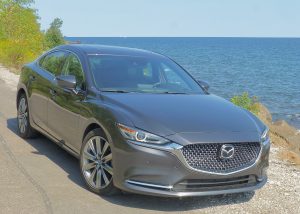
After an upgraded 2017.5 model, the 2018 Mazda6 becomes a hot performer with a turbo version of its 2.5 engine.
By John Gilbert
It’s easy to poke fun at Mazda’s trademark “Zoom-zoom” catch-phrase, but for the 2018 Mazda6, the company could simplify it to “ZOOM!”
The sportiness inherent in all Mazda products is real, and while the bold-face type and italics are mine, the new Mazda6 has earned them by spiking the previous Mazda6’s personality with a turbocharger to turn the top model with the enhanced 2.5-liter 4-cylinder engine into a sizzling performer.
Mazda resisted turbocharging since redesigning its 2.0 and 2.4 with the company’s revolutionary Skyactiv engine concept, which calls for holistic, clean-sheet design incorporating all the latest techniques in harmony to extract every bit of power and fuel-efficiency. The finished product came with a 13-to-1 compression ratio but still burned best with 87 octane regular fuel.
When the company’s largest SUV, the CX-9 was redesigned, Mazda, which had dropped its V6 engine, still had to compete with the V6es in comparative Honda, Toyota, Nissan and U.S. vehicles. Easiest way to do that was to turbocharge the 2.5 in the CX-9, and it worked more than just satisfactorily.
Mazda technology is unfolding almost too fast, and a totally redesigned Mazda6 is scheduled for sometime in 2019, but meanwhile, the already sleek Mazda6 got a feature and interior upgrade for mid-2017, called the 2017.5 model. The 2018 Mazda6 doesn’t look different at a glance, but to take on competition such as the all-new Honda Accord the latest Nissan Altima and Toyota Camry, Mazda figured to shift the turbo 2.5 from the big SUV into the Mazda6 midsize sedan.
The very classy 2018 Mazda6 Signature model I got for a Labor Day week’s test drive was equipped with the 2.5-liter turbocharged 4, and the turbo’s 225 horsepower and 310 foot-pounds of torque — which would have been impressive for a V6 just a couple of years ago — were startling upgrades from the 184 horses and 185 foot-pounds of the normally aspirated 2.5.
A footnote to the preferences of U.S. buyers to go after SUVs, pickup trucks, or compact cars, my suspicion is that the sedan category might be streamlining itself in the future, because the newest midsize cars are as big and roomy as large cars have been. And the midsizers outperform their heftier relatives with ease.
I love to drive hot cars that might be overpowered but fun, but I also can appreciate the fine engineering of certain high-tech advancements in whatever size. I always was aware the previous 2.5 lacked the sudden jolt of larger engines on initial takeoff, but it also revved easily and readily to real-world levels. So I found the normally aspirated 2.5 more than adequate in the 2017.5 model I reviewed early in the 2018 calendar year.
In fact, that one was a stunning red color, so when the new grey Mazda6 appeared — called, boringly, “Machine Gray Metallic” — I was a bit let down, thinking it was just more of the same car.
The car looked classy, so classy that I thought it had traded sportiness for class in the exchange. Then I opened the door and saw the deep-chestnut Nappa leather seats and the revised interior. More class, without depicting sportiness. After that, I climbed behind the steering wheel into the well-supported driver’s seat and hit the start button. Shifting into “D,” I hit the gas, and, without question, instead of “Zoom-zoom” I had “ZOOM!” at the touch of my right toe.
The largest and roomiest of Mazda’s sedans is clearly designed and built to take on the best from Honda, Toyota and Nissan, and even their upscale arms of Acura, Lexus and Infiniti, for zip, and still provide over 30 miles per gallon when you keep your foot off the gas.
By Skyactiv tradtion, Mazda engineers go well beyond mere engine power. The new Mazda6 handles with quick-steering and firmed up suspension front and rear, bolstered by stabilizer bars at both ends, and you the little toggle switch on the console is a big benefit if you want to delve deeper into sporty handling. Switching it without even looking, you can alter suspension firmness, the Mazda-built automatic’s shift points, and the quick and precise steering to comfort or sporty choices. I never found the sporty settings to be harsh, and at its sportiest, they do noticeably add performance and handling quickness to the car.
Quite amazingly, the tightening of the settings combined with the instant power of the turbocharged engine makes the 2018 Mazda6 perform much more like a sports sedan than a luxury car, despite its classy good looks.
Sticker price was $34,750 on the loaded Signature model, with virtually all features standard. Not only does that include about every imaginable comfort and safety feature, it also includes the subtle G-vectoring system, which ingeniously alters power to the outside front drive wheel to create an almost-instinctive inducement when making a sharp turn, resulting in far less need for steering correction.
There is never any doubt that the focus is on driving precision and astute control, and the features on the Signature model reflect that. Dynamic stability control, traction control, hill-launch assist, and the battery of recent driver/safety aids such as blind-spot monitoring, radar cruise control, rear cross-traffic alert, lane-departure warning, lane-keep assist, the suite of antilock brakes and electronic braking assist, with smart braking assist, are all present and appreciated.
Structurally, the Mazda6 feels stronger because of the improved Skyactiv body ring structure, which encircles the occupant compartment with high-strength steel rings, improve the structural rigidity and secure feel that’s relayed through the steering wheel.
The LED headlights are bright and feature a precise cutoff, and also have automatic on and off when set to operate it, and are supported by LED taillights and daytime running lights, and adaptive headlights also bend around curves up ahead. Tire-pressure monitors let you know if any tire loses a few pounds of air pressure.
The manual mode on the console-mounted shifter are useful, although the steering-wheel paddles are my choice for manually shifting up or down without taking your hands off the wheel. Great for accelerating, and also excellent for dropping down a couple gears to help slow you descending hills.
All the latest connectivity items also came on the Signature model, with a navigation system, USB audio, and trip computer all readily spotted on the heads-up display or the 8-inch color touch-screen, and all important controls are remotely operated with steering wheel buttons. The only place Mazda might have gone overboard is in eliminating its previous simplicity in offering a simple round knob or two to adjust volume and station selection.
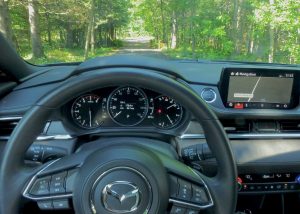
Steering wheel remote switches enhance driving control, and heads-up display helps you spot deer crossing the road.
Ventilated and heated front buckets are power operated, with two preset settings. The 19-inch wheels are fitted with all-season tires, and rain-sensing and de-icing wipers are appreciated.
When all of those features are combined in one very attractive sedan, the case could be made to find a Mazda dealer and negotiate for the 2018 model. We can assume, based on Mazda’s creative styling studios, that the 2019 will be spectacular. We can wait for whatever surprises Mazda might have coming next year, but for now, all of the latest high-tech features are already out, on the 2018 Mazda6.
Including Zoom-zoom tweaked to full “Zoom!”
sportshort
What happened last night in sports up north.
Podcast: Play in new window | Download


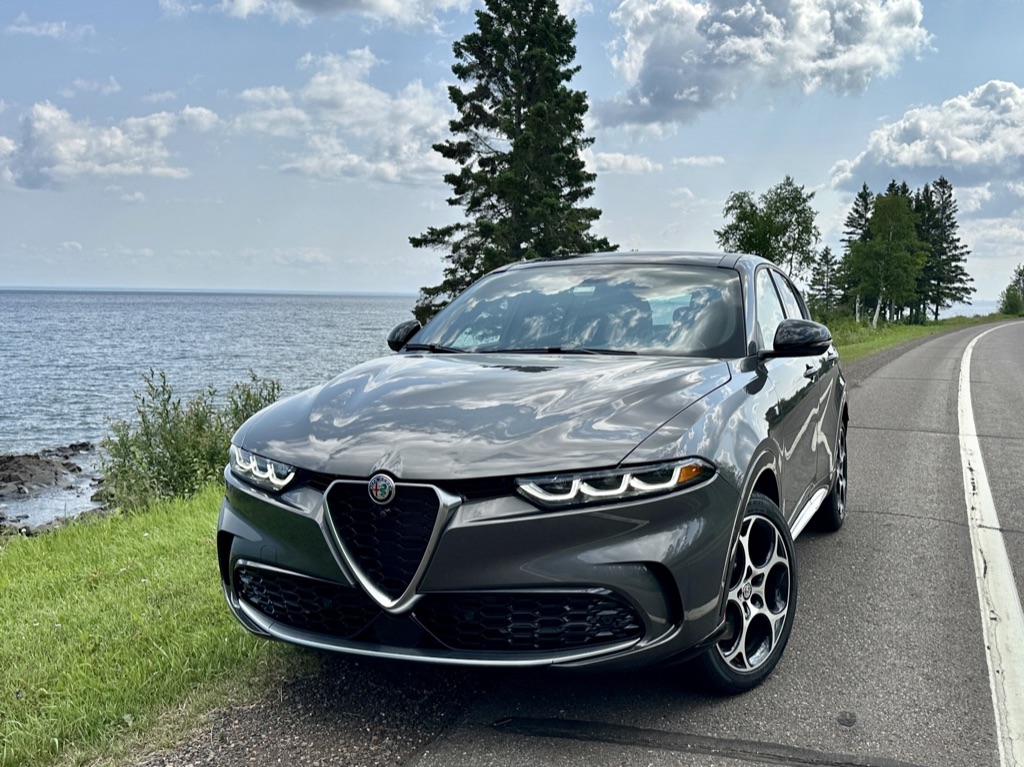


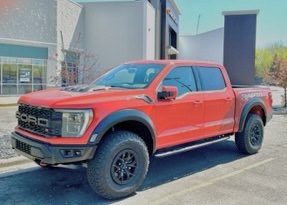

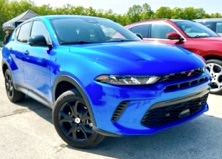


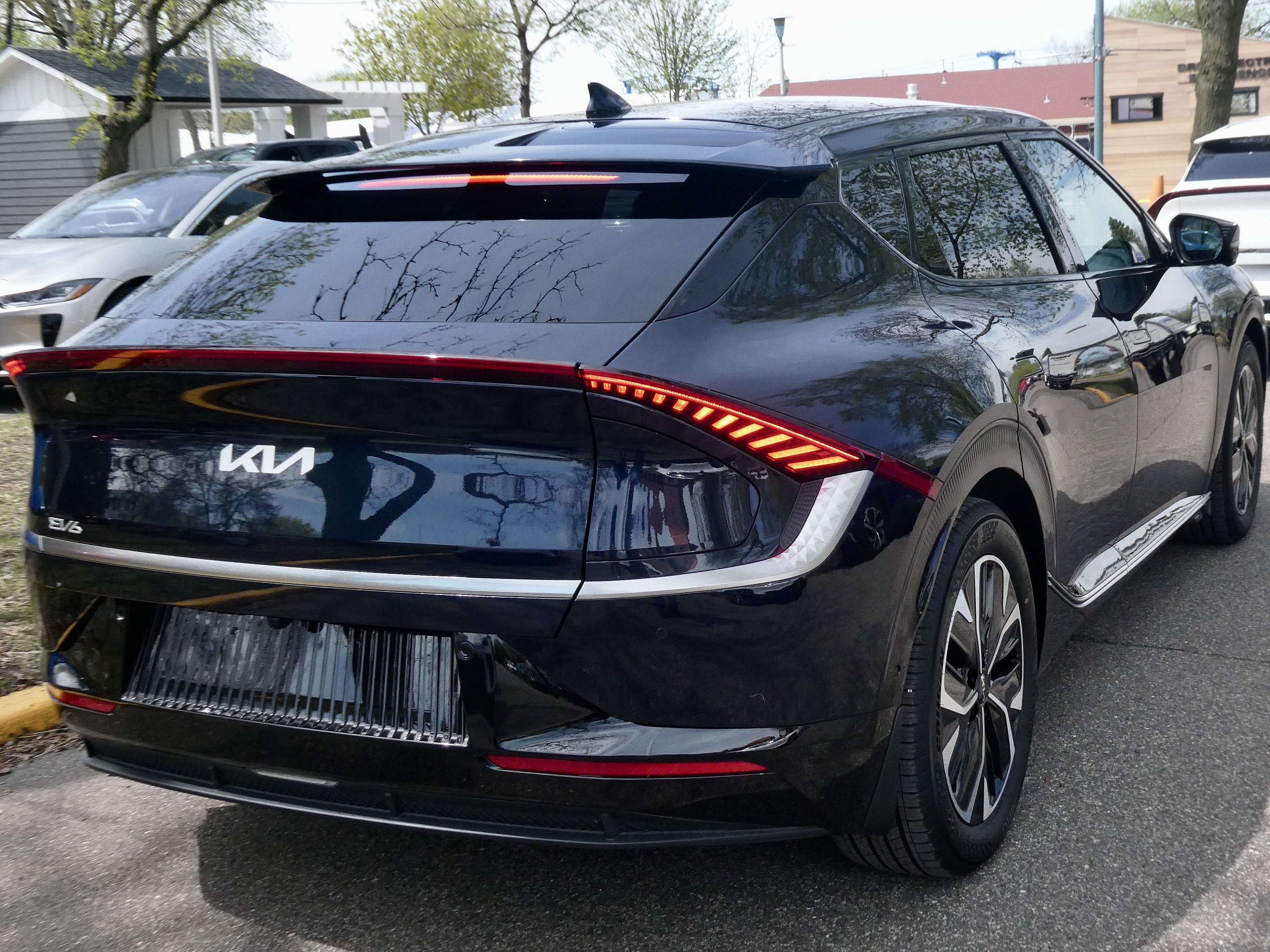
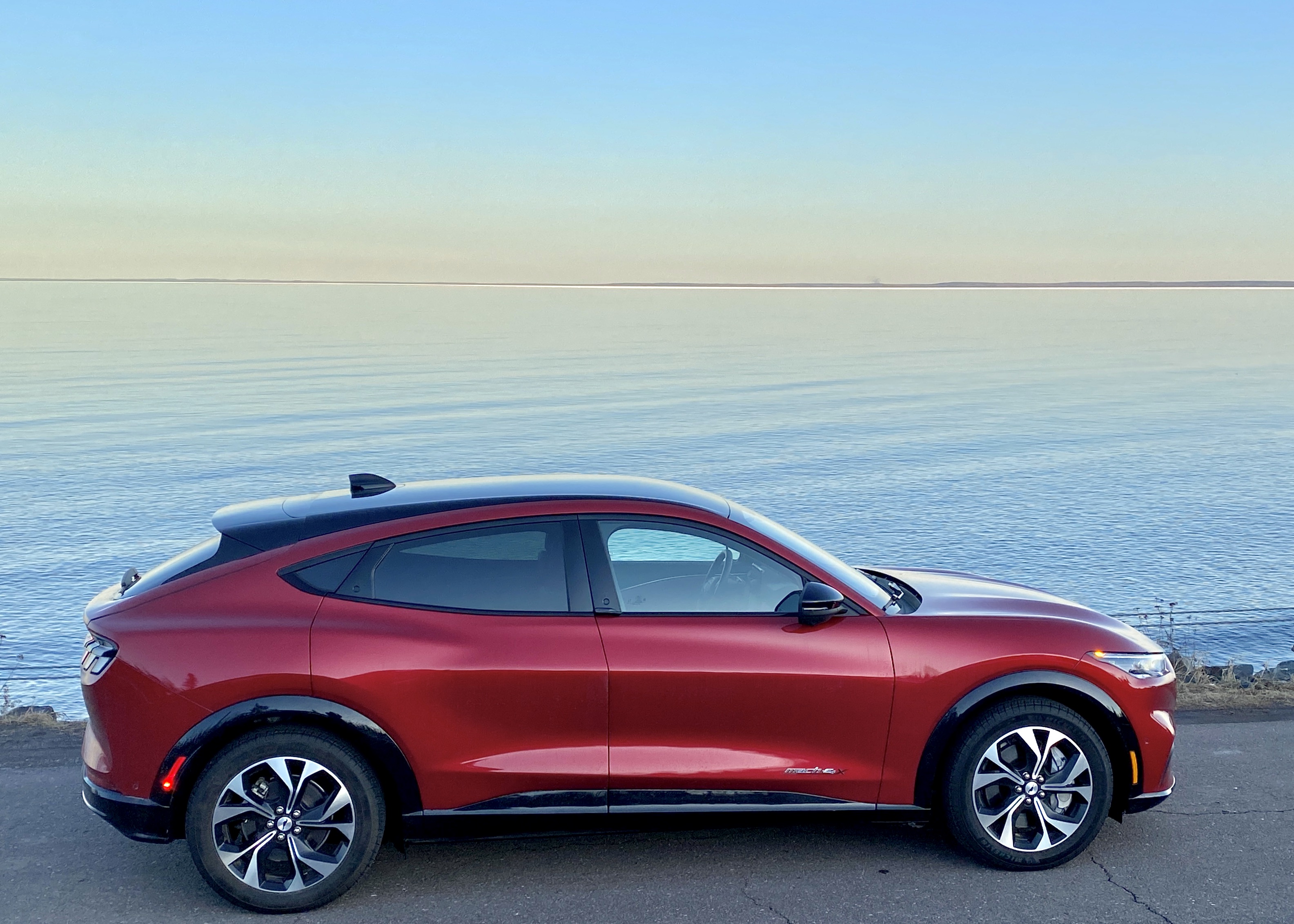

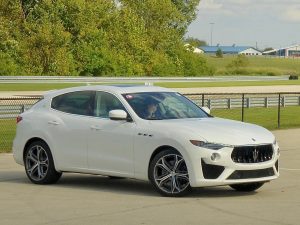
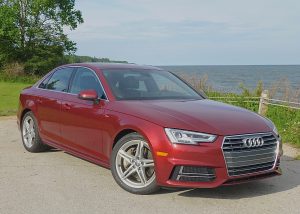
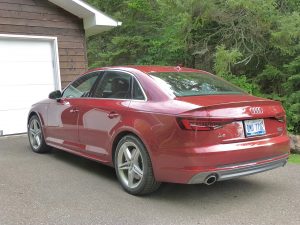

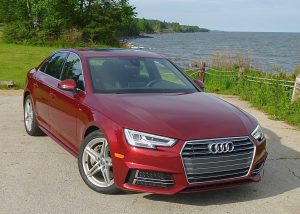
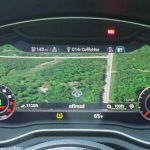
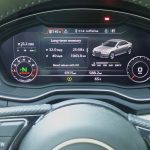
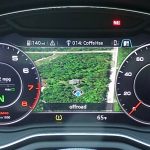
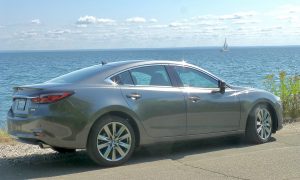
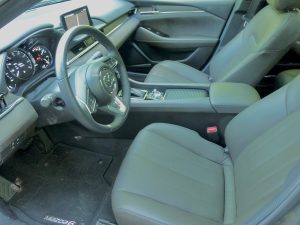
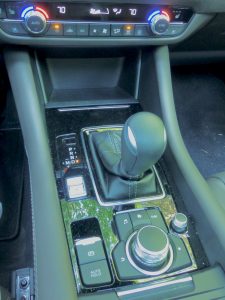
 John Gilbert is a lifetime Minnesotan and career journalist, specializing in cars and sports during and since spending 30 years at the Minneapolis Tribune, now the Star Tribune. More recently, he has continued translating the high-tech world of autos and sharing his passionate insights as a freelance writer/photographer/broadcaster. A member of the prestigious North American Car and Truck of the Year jury since 1993. John can be heard Monday-Friday from 9-11am on 610 KDAL(www.kdal610.com) on the "John Gilbert Show," and writes a column in the Duluth Reader.
John Gilbert is a lifetime Minnesotan and career journalist, specializing in cars and sports during and since spending 30 years at the Minneapolis Tribune, now the Star Tribune. More recently, he has continued translating the high-tech world of autos and sharing his passionate insights as a freelance writer/photographer/broadcaster. A member of the prestigious North American Car and Truck of the Year jury since 1993. John can be heard Monday-Friday from 9-11am on 610 KDAL(www.kdal610.com) on the "John Gilbert Show," and writes a column in the Duluth Reader.